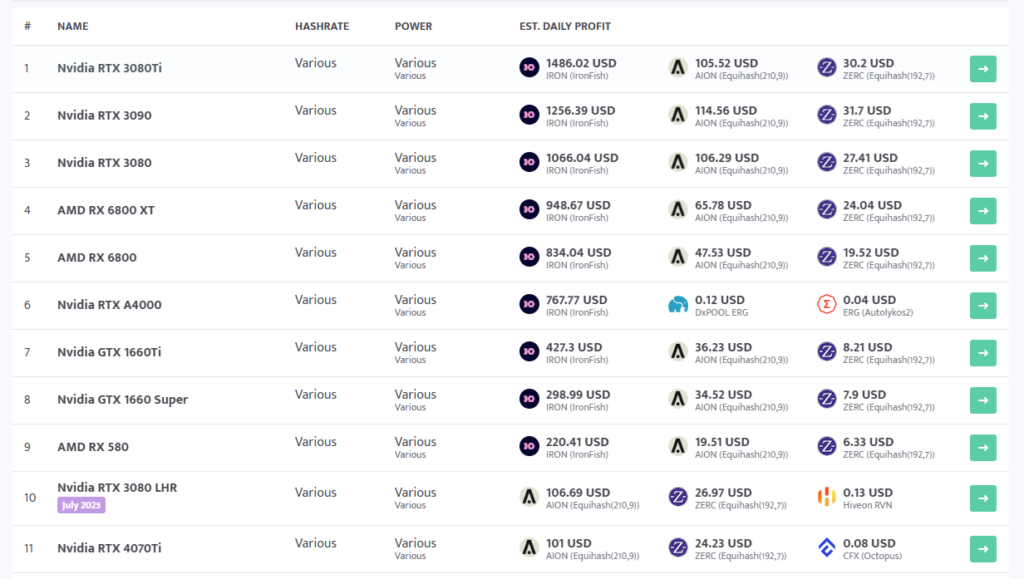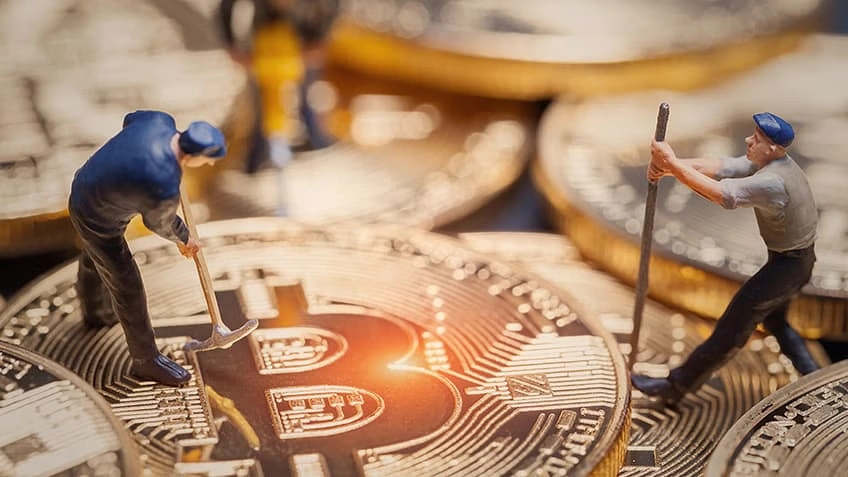Stepping Into Crypto Mining: What Beginners Should Know Before Getting Started
The term crypto mining might conjure up images of noisy server rooms, blinking rigs, and walls of computer screens. But behind the buzzwords and the techy headlines lies a concept that’s surprisingly easy to grasp—especially for those just starting out in 2025.
If you’re reading this, chances are you’ve been curious about cryptocurrency, maybe even dabbled in some trading or wallet setups. Mining, however, seems like the next level. And while it may sound technical or intimidating, it’s actually one of the most hands-on ways to understand the crypto ecosystem.
First Things First: What Is Crypto Mining?
At its most basic, crypto mining is how new digital currency enters circulation. It’s also how blockchain networks stay secure and accurate. Instead of relying on banks or central servers, cryptocurrencies rely on a decentralized network of computers—miners—to verify transactions.
When someone sends crypto to someone else, the transaction must be validated. Miners compete to solve cryptographic puzzles that confirm these transactions and add them to the public ledger, or blockchain. The first to solve the puzzle earns a reward, often in the form of the cryptocurrency itself.
For beginners, this isn’t about solving math problems manually. Specialized software does the work, using your computer’s processing power to participate in the network.
Why Beginners Are Getting Into Crypto Mining in 2025

Credit from Asic Marketplace
You might wonder: “Isn’t it too late to start?” That’s a fair question, especially with industrial-scale mining operations grabbing most of the headlines.
But in truth, crypto mining for beginners is still alive and well. The shift in the mining landscape has actually made the entry points more varied and user-friendly. You can start mining with a modest setup, explore different coins beyond Bitcoin, and use beginner-oriented software that handles much of the technical side.
Some people mine to earn. Others mine to learn. Either way, it offers a front-row seat to how decentralized finance operates on a technical level.
Tools of the Trade: What You’ll Need to Start Mining
Getting into mining doesn’t mean you have to break the bank. Many new miners begin with hardware they already own. A gaming PC with a decent GPU, for example, is often enough to start mining certain altcoins. If you’re curious about how to start crypto mining with no experience, this is a practical first step.
The next thing you’ll need is mining software. Applications like NiceHash, Honeyminer, or SimpleMiner provide accessible interfaces for newcomers. They help identify the most profitable coins to mine based on your hardware, often requiring little more than a few clicks to begin.
Of course, you’ll also need a digital wallet to store your earnings. Wallets range from mobile apps to secure hardware devices, depending on how much you plan to mine and how you want to protect your assets.
A stable internet connection and awareness of your local electricity cost round out the basics. Since mining consumes power continuously, your utility rates can impact long-term profitability—especially for more energy-hungry setups.
Choosing the Right Type of Mining as a Beginner
There’s more than one way to get involved in mining. While many people start by using their own hardware (known as solo or pool mining), others choose cloud mining, where you rent mining capacity from a remote provider.
Solo mining means you’re relying only on your own hardware, competing to solve blocks yourself. It’s more difficult, but also more rewarding if successful.
Pool mining, on the other hand, groups your computing power with others. Together, you share the workload and—if successful—the rewards. This is the most common choice for beginners, as it offers more consistent results.
Cloud mining requires no hardware setup at all, but comes with its own risks. It’s important to research platforms carefully and understand the terms before committing any funds.
A Look Inside a Beginner’s Setup

Credit from Minerstat
Let’s say you’re starting small. You have a mid-range GPU, say an NVIDIA RTX 3060, and want to see what’s possible. After installing a trusted mining app and linking your digital wallet, you let your PC run in the background while you go about your day.
Within hours, you begin to see your progress—small rewards trickling in, system stats updating, and your wallet slowly accumulating fractions of crypto. It’s not about instant riches, but about getting familiar with how the system works. That experience alone is valuable.
And if you find it interesting or worthwhile? You can scale from there—perhaps by joining larger pools, experimenting with different coins, or even investing in more efficient hardware.
The Profit Question: Is It Worth It?
There’s no one-size-fits-all answer to this. Some beginners make a small but steady return, especially if they manage costs carefully. Others treat mining as a learning tool or a side hobby rather than a revenue stream.
In 2025, crypto prices remain volatile, but the mining landscape is relatively stable compared to the early years. The biggest factors that affect profitability include:
- The price of electricity in your region
- The efficiency of your hardware
- The coin you choose to mine
- Mining difficulty (which adjusts based on competition)
Rather than aiming for big profits, many beginners find value in understanding the crypto mining step-by-step process. That knowledge can lead to better decisions across the broader crypto ecosystem, from trading to DeFi.
Tips for a Safe and Smooth Start Crypto Mining

Credit from Simplilearn.com
If you’re worried about the technical side, take it slow. Start with free or low-cost mining tools. Join forums or Discord groups where other beginners share their setups. Don’t spend money on expensive equipment right away—instead, focus on learning the mechanics.
Also, stay cautious about scams. Some cloud mining services promise high returns but disappear overnight. Stick to well-reviewed platforms and avoid anything that seems too good to be true.
And remember, your first miner doesn’t need to be perfect. Many successful miners started out with trial-and-error experiments, learning by doing.
Final Thoughts: A Simple Way to Join the Crypto World
Whether you’re exploring blockchain for the first time or looking for a more hands-on experience, crypto mining offers a unique entry point. It’s less about making fast money and more about participating in a global system that operates outside of traditional finance.
If you’re curious, open-minded, and willing to experiment, mining can be a low-cost, educational way to enter the world of crypto. No background in tech? No problem. Many of today’s tools are built with beginners in mind, offering support and simplified interfaces.
Start small, stay safe, and enjoy the process. After all, every miner begins somewhere—and your first step might just be the spark that leads to a deeper understanding of digital finance.




